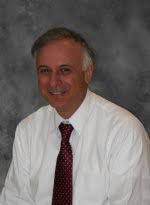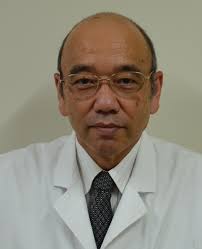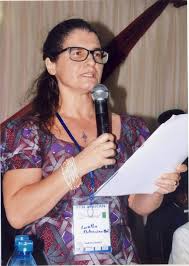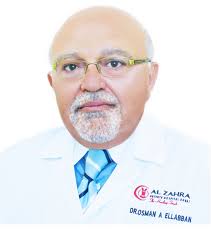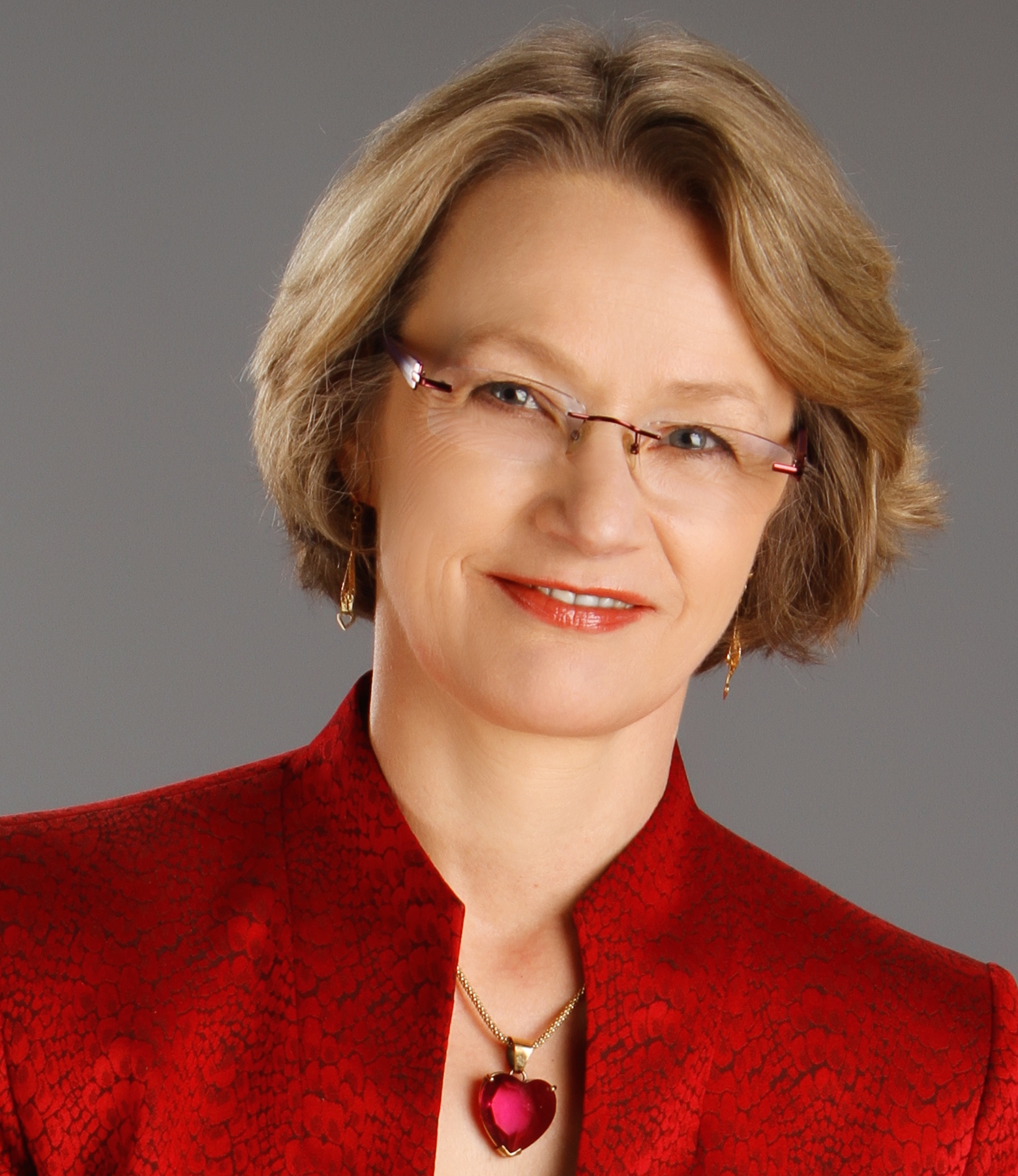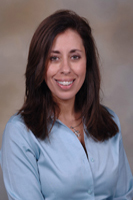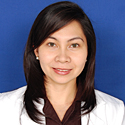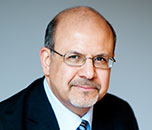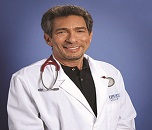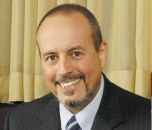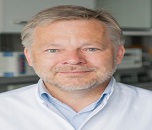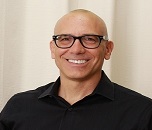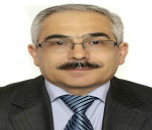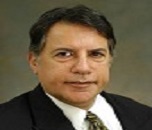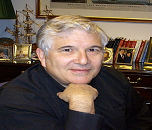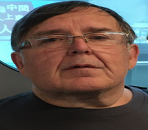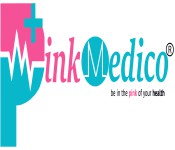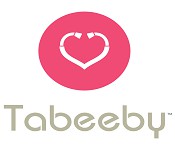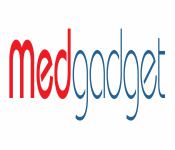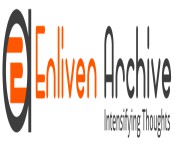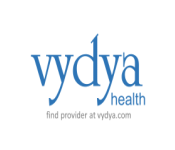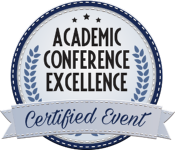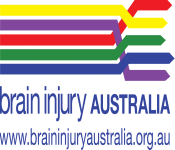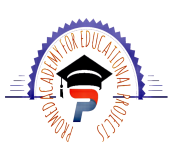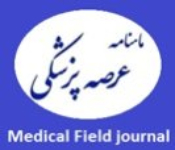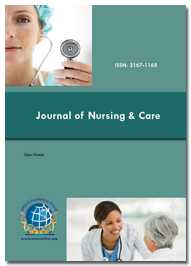Theme: Advancement in emergency medicine and acute care
ACEMAC 2018
Conference Series LLC ltd invites you to attend the “Annual Congress on Emergency Medicine & Acute Care” during April 29-30, 2018 at Helsinki, Finland focusing on the theme “Advancement in emergency medicine and acute care”. We heartily invite all the participants who have an interest in sharing their data and analysis within the space of medicine & Acute care.
Emergency medicine is presently the prime focus of analysis in the medicative analysis. Emergency medicine is additionally known as accident and emergency medicine. Emergency medicine the medical specialty treatment for undifferentiated, unscheduled patients with injuries or illnesses requiring immediate medical attention in the acute phase.
Scopes: Emergency medicine is a field of practice based on the knowledge and skills to diagnose disease and injury affecting patients of all age groups in an acute phase. In most of the trendy emergency departments, a large number of patients are treated by emergency physicians and decide according to their conditions either admitting them to the hospital or releasing them after treatment as necessary. This encompasses a wide scope with no boundaries of organ, system or disease pattern. Emergency medicine shares with family medicine the uniqueness of seeing all patients regardless of age, gender or any specifications.
The main goal of ACEMAC 2018 is to share knowledge and getting ideas from expertise that can help us to provide a healthy life for everyone and to fight with emergency situations.
Global Business & Research Value: Emergency Medicine initiatives target the health of people and populations in emerging and dynamic environments globally. Emergency medicine is a fast-growing subspecialty worldwide. Emergency medicine supports two basic fields: clinical research and health services research. So many countries are already awake to the specialty of emergency medicine and supply special coaching programs to introduce a cadre of physicians with the data and skills to worry for patients with emerging medical issues.
Track 1. Emergency and Acute Care Medicine
Emergency medicine isn't characterized by location; however it might be practiced in an assortment of settings including hospital-based facility, emergency care centers, medical prescription units, emergency vehicles, or by means of telemedicine. Emergency prescription experts give valuable clinical and leadership services to the emergency department. For the care and treatment of acutely ill or injured patients who need immediate medical attention emergency medicine act as a therapeutic claim. The act of emergency medicine incorporates the underlying assessment, finding, treatment, coordination of care among various suppliers. Squeezing thought is right now need of every prosperity organizations giving specialist's offices or research establishment. Prevention incorporates an extensive variety of exercises known as intercessions went for diminishing the dangers to wellbeing, such are Primary, Secondary and Tertiary prevention in which is followed by the scope of mediations that are accessible to wellbeing specialists. Emergency medicinal administrations provide quick care to individuals with intense ailment or damage and are predominantly provided.
Track 2. Acute Medical and Surgical Emergency
Patients with advanced preexisting illnesses often create intense surgical emergencies. Acute emergencies that may bring about sepsis, cardiopulmonary disappointment, numerous organ system failure, and neurologic weakening earlier delivered fast mortality while introducing in patients with extreme prior ailments or terminal conditions. Surgery is a clinical area of expertise that uses operative manual and instrumental strategies on a patient to investigate or deal with a pathological circumstance along with a sickness or damage, to help enhance physical characteristic or appearance or to repair unwanted ruptured regions. Surgical innovations mainly focus on new surgical techniques, instruments and also new technologies. Clinical practice, Research and Surgical education are also involved in surgical innovations.
Innovative advances in demonstrative tests that are found in doctor's facilities are presently ready to show up in essential care. Many advances have happened considering the speed, size and scope of implements that can give exact estimations of an extensive variety of biochemical, microbiological, and hematological parameters. Glucometers changed the speed and simplicity of getting exact blood glucose levels, and urine dipsticks expelled the requirement for microscopy in numerous patients. Advances in electronics have likewise made in-streets into general practice, with cheap and accurate blood pressure devices now broadly accessible both in the training and at home. Evidence-based medicine (EBM) is a type of medication that expects to improve basic leadership and decisions by individual physicians.
Track 3. Clinical Pediatric Emergency Medicine
Pediatric emergency physician provides emergency medicine for the care of children and teens who are acutely ill or injured. Accurate assessment of a child with an acute illness or injury requires special knowledge and skills. For the critically ill child, determining the primary physiologic problem may be difficult, because inadequate oxygenation, ventilation or perfusion from any cause will eventually progress to the picture of cardiopulmonary failure. A pediatric emergency doctor is prepared to administer to an extensive variety of issues that need quick therapeutic support. These issues are frequently genuine and might be hazardous. Pediatrician may approach a pediatric emergency doctor to help if your child has an intense disease or damage or exceptional human services needs that need critical support. Trauma is a leading cause of death in infant and children.
Track 4. Clinical Problems Involves in Genitourinary Emergencies
Injury is the main source of death worldwide between the ages 1 and 44 years of age. Adjustment of hazardous wounds is the essential objective in the assessment of all injury patients, however resulting conclusion and treatment of auxiliary wounds are required for good injury mind. Genitourinary wounds happen in 2– 5 % of all injury patients and in no less than 10 % of patients with stomach injury, stressing the requirement for a nearby cooperation amongst general and urologic injury specialists. As needs be, general doctors engaged with the underlying assessment and administration of injury patients ought to know about the finding and treatment of the most well-known wounds that can happen in the genitourinary framework.
In polytrauma patients with other possibly hazardous wounds, renal and genitourinary injury might be neglected at first, yet a deferred or missed finding of these wounds may bring about preventable entrapments. This survey gives a best-practice way to deal with the determination and administration of renal and genitourinary wounds, with an accentuation on the precise approach expected to distinguish unpretentious wounds , for example, hypertension, incontinence, erectile brokenness, incessant kidney sickness, and nephrectomy.
Track 5. Infection in Sexual Exposure or Risk of Pregnancy
Immunologic changes of pregnancy may actuate a condition of expanded susceptibility to certain intracellular pathogens, including infections, intracellular microbes and parasites. Viral contaminations in pregnancy are important reason for dreariness and mortality for both mother and fetus. Infections are a specific worry amid pregnancy since a few diseases are more serious in pregnant ladies or may affect the infant. In any case, you can find a way to diminish the shot of building up a possibly destructive disease amid pregnancy. A few irresistible infections can cause issues in pregnancy. Right now, these contaminations can't be avoided with an antibody. These diseases are best stayed away from by practicing great cleanliness and maintaining a strategic distance from coordinate contact with contaminated people.
The accessibility of treatment for contamination in pregnant ladies relies on the sort of disease and danger of damage (from the treatment or the disease) to the lady and her embryo. Pregnant ladies and their families are encouraged to examine any worries about diseases or medicines with a human services supplier. A few contaminations can affect the child through the placenta or be transmitted amid work. Infant contaminations can be intense (even dangerous), and some may prompt long haul irreversible wellbeing and formative issues.
Track 6. Geriatric Emergency Medicine
Geriatric Emergency drug is generally new area and committed to enhancing the care gave to the elderly patient in the Emergency Department. Ordinary, specialists treat individuals in this quickly developing populace. This populace has particular needs that specialists must address in a minding and inventive way. It aims to improve health care for older adults with acute illnesses. Many factors limit older adults’ access to safe, patient-centered, efficient, high-quality, acute illness care. Through educational opportunities and training initiatives we can analyze the growth of future leaders in geriatric emergency medicine.
Track 7. Neurologic and Cardiac Emergencies
Cardiac emergencies are the most dangerous issue that must be dealt with soon to limit morbidity and mortality. One of the main purposes behind individuals looking for mind in an emergency room is cardiac arrest, an interminable condition that can trigger indications, for example, shortness of breath, fluid retention, fast or unpredictable heartbeats etc. cardiac emergencies are dangerous disorders, they ought to be perceived and treated promptly to limit morbidity and mortality. The rates of cardiovascular related deaths are diminishing from the most recent couple of years.
Neurologic Emergencies frequently arise and, if not analyzed and treated rapidly, they can have calamitous outcomes; with high rates of long term incapacity also leads to death. Immediate acknowledgment is an essential aptitude. Normal neurologic emergencies incorporate hemorrhagic (dying) strokes, nonhemorrhagic (non-dying) strokes, seizures and unconsciousness. Treatment of these disorders includes steady measures and particular treatment, if accessible. Cases of particular treatment for neurologic crises are anti-toxins for meningitis, anticoagulation treatment for non- hemorrhage stroke. The result of this various gathering of illnesses relies upon the seriousness and nature of the disease, its characteristic movement, and reaction to treatment.
Track 8. Pediatric and Adult Congenital Heart Disease
A congenital heart defect is an issue with the structure of the heart. It is the most common type of birth defect. The defects can include the walls of the heart, the valves of the heart, and the arteries and veins close to the heart. They can disturb the flow of blood through the heart. In congenital heart defect the blood stream can slow down, go in the wrong direction or to the wrong place, or be blocked totally. The care of patients with adult congenital heart disease is especially challenging for various reasons. One, these patients not just have structural disease that could possibly have been repaired, yet in addition are at higher risk for adult-onset comorbidities compared with the individuals of the same age. Patients with adult congenital heart disease may likewise be in risk for hypertension, hyperlipidemia, diabetes, obesity, atherosclerotic disease, chronic kidney disease and other adult-onset conditions.
Track 9. Wounds and Burns
Any wound or burn should be assessed by a health-care provider as soon as possible because it has the potential of rapid infection. The treatment of these patients requires broad resources. During and after a natural disaster the risk for injury is high. For treatment when the patient arrives in the emergency department, a rapid initial assessment of respiratory, cardiovascular status and, special procedures are required with appropriate immunization. These innovative and expensive treatment techniques play an important part, and the way in which a burn suffering patient is initially managed carries an equally important role. Burn care should start at the site of damage and proceed through prehospital care and transportation to the nearest burn care center or to the nearest emergency place (ED) with cutting edge life support ability. Wounds in complex patients which are inadequately overseen can prompt the improvement of a chronic wound.
Track 10. Acute Coronary Syndrome Essential Concepts
Acute coronary syndrome (ACS) is a disorder (set of signs and indications) because of decreased blood stream in the coronary veins with the end goal that piece of the heart muscle can't work appropriately or dies. The most widely recognized side effect is chest pain, regularly transmitting to one side shoulder or edge of the jaw, smashing, focal and related with queasiness and sweating. The assessment and management of Acute Coronary Syndrome has evolved over the past 35 years due to a wealth of knowledge gained from basic research, clinical trials and clinical expertise leading to the development of new technologies.
Track 11. Asthma and Chronic Obstructive Pulmonary Disease
Asthma is a common airway disease which affects approximately 300 million on adult and children throughout the world. Asthma and Chronic obstructive pulmonary disease is characterized by chronic airway inflammation and increased bronchial hyperresponsiveness that leads to variety symptoms like shortness of breath, cough and chest tightness. Chronic obstructive pulmonary disease can cause due to cigarette smoke, air pollution etc. Asthma and Chronic obstructive pulmonary disease are both chronic respiratory conditions that usually require long-term treatment. Several new inhalers as well as electronic devices designed to improve patient adherence have become commercially available. It is important for physicians to allow not only evidence-based medicine but also patient preference to guide the development of the therapeutic plan. Biomarkers will also facilitate the identification of novel therapeutic targets for the future development.
Track 12. Issues in Critical and Emergency Medicine
Emergencies such as road traffic, accident, acute myocardial infarction and cerebro vascular accidents are the most common causes of death and disability of India. Emergency room crowding has become a widespread problem in hospitals across the United States. Although most hospital types are affected, the crowding problem is particularly severe in urban and teaching hospitals. The agency for healthcare research and quality found that 60% of rural emergency room visits are made by poor patients. The crowding problems that should prevented or treated by primary care providers. It requires hospitals and ambulance services to provide care to anyone need regardless of citizenship, legal status or ability to pay. Robust emergency medicine services and proper education on acute care are necessary.
Track 13. Advances in Cardiopulmonary Resuscitation (CPR)
For oxygenating the brain and heart until appropriate medical treatment can restore normal heart and ventilatory action Cardiopulmonary Resuscitation(CPR) is a basic technique. The purposes are to maintain an open and clear airway, to maintain blood circulation, to save life of patient, to provide basic life support till medicine and advanced life support arrives. There are two types of CPR, basic life support and advance life support. Basic life support is the airway secured with advanced technology; breathing is maintained with some means of breathing apparatus. Advance life support is the sequences of procedures performed to restore the circulation of oxygenated blood after a sudden pulmonary or cardiac arrest.
Track 14. Innovations in Health and Medicine
Medical applications of virtual reality technology one of the new approach in healthcare and medicine. Virtual reality or Immersive training is quick turning into the new standard for content that supplements lessons gave by a live presenter, online training, or situation-based simulations. In spite of the amusement social association, gaming will drive the initial adaptation of virtual reality innovation. The hugest market for virtual reality will be in basic care and in enhancing wellbeing and health. Current technologies and concepts are founded on more than 30years of research and development. Recent changes in cost and access make virtual reality affordable. The technology is currently used for the prevention, treatment and chronic disease management.Emergency medical service (EMS) groups now have available for the advanced treatment and diagnostic equipment, for example, X-ray and ultrasound devices, electrocardiograms, and in addition wireless communication equipment to forward the aftereffects of those tests to the hospital before the patient arrives.
Track 15. Emergency Medicine Nursing and Practice
Emergency Nursing is practice in which medical caretaker's or nurses watch over patients in the critical or basic circumstances of their illness and injuries. Many nurses now work as researchers based in Universities as well as in the health care setting. A wide variety of professional organizations and academic journals can be formed by the advancement of nursing research. Nurses develop a plan of care, working collaboratively with physicians, therapists, the patient, the patient's family and other team members, that focus on treating illness to improve quality of life. They teach the patient and his family by giving the required data and emotional support to adapt up them to the truth.
Clinical Nursing is an impelled field, which suggests you could in like manner wind up discernibly used in preparing and places of expert. The work covers some fundamental areas including emergency care, pediatrics and wellbeing and care of old individuals. The field of nursing has a part in grown-up mental and enthusiastic wellbeing, pre-grown-up mental and mental prosperity, exceptional care, cardiovascular illnesses, neonatal, oncology, parent-kid, restoration, female wellbeing and prosperity, clinical nursing and diabetes organization. Propelled Nursing Practice Registered Nurses are every essential fundamental care providers and are at the cutting edge of giving protection care to individuals.
Track 16. The Role of Nurses in Emergency Medicine
Emergency nursing is a claim to fame inside the field of expert nursing concentrating on the care of patients with medicinal emergencies. For rapid, accurate physical examination, early recognition of life-threatening conditions the emergency nurses must be skilled. In some cases, emergency nurses may arrange certain tests and prescriptions following "community oriented practice rules" set out by the hospital's emergency physician staff.
Emergency nurses are attendants who work in emergency drug offices, for example, emergency rooms or center, with other medicinal experts. They must have a degree in nursing in addition to advance education and training. They should know about numerous wellbeing conditions, triage care, and ready to make immediate action. Emergency medical caretakers give quick appraisal and treatment to patients in the starting phase of illness or trauma and often in life-threatening situations. Other than heart assaults, strokes, wounds and accidents, nurses likewise watch out for patients with intense liquor as well as medication inebriation, mental and behavioral issues and the individuals who have been assaulted.
Emergency medicine is present focus of research in medicinal research. Emergency medicine is also known as accident and emergency medicine. Emergency medicine isn't characterized by location; however it might be practiced in an assortment of settings including hospital-based facility, emergency care centres, medical prescription units, emergency vehicles, or by means of telemedicine. Emergency prescription experts give valuable clinical and leadership services to the emergency department. For the care and treatment of acutely ill or injured patients who need immediate medical attention, emergency medicine act as a therapeutic claim. This Research report analyses present and future strategies within various segments of the emergency medical services & ambulance market such as transportation equipment, blood and haemorrhage control devices, equipment used for burn care, diagnostics and infection control equipment, and cardiac, respiratory and hypothermia equipment. It also analyses each market segment and its applications, regulatory environment, technology, market projections and market shares.
Scope and importance:
Emergency medicine depends on the knowledge and aptitudes to diagnose disease and injury. The patients of all age groups can be affected in an acute phase. Emergency physicians treat a large number of patients and decide according to their conditions in most of the modern emergency departments. This has a wide scope with no boundaries of organ, system or disease pattern. Emergency medicine shares with family medicine the uniqueness of seeing all patients regardless of age, gender or any specifications.
The scope study of this report includes a key market analysis, market drivers, industry constraints, competitive developments and market trends. Research analyses each market segment and its applications, regulatory environment, technology, market projections and market shares. A complete geographical analysis of the market is also presented in the report. The emerging market for emergency medicine and ambulatory includes countries such as India, China, Japan, Korea, Taiwan, Canada, Africa, Australia and New Zealand. Profiles of key market players are also covered in this report.
Highlights of conference:
- Emergency and Acute Care Medicine
- Acute Medical and Surgical Emergency
- Pediatric Emergency
- Genitourinary Emergency
- Sexual Infections & Emergencies
- Geriatric Emergency Medicine
- Cardiac Emergency
- Neurological Emergency
- Wounds and Burns
- Asthma and Chronic Obstructive Pulmonary Disease
- Issues in Critical and Emergency Medicine
- Innovations in Health and Medicine
- Nursing in Emergency Medicine
- Dermatological Emergency
- Anesthesia and Pain Management
- Emergency Imaging
Why Helsinki:
In recent years, Finland has consistently ranked among top 20 congress destinations in the world. Around 800 international meetings are held annually in Finland, attended by almost 100,000 delegates.Finns are experienced event organisers, and all services are first class; In a recent FCB survey, nine out of 10 congress attendees found the safety of Finnish host cities to be either good or very good. As a bonus, Finnish friendliness received special thanks.Contrary to popular belief, Finland is easy to get to. 200 international flights arrive daily at Helsinki-Vantaa international airport. Several other cities in Finland are also served by direct international flights.Leading universities, specialised hospitals and research institutes help attract international congresses to Finland. Finns are experts in the fields of technology, biochemistry and medicine, among others. Finland offers a variety of high quality venues; everything from a conference center for 10,000 people to an intimate log cabin for 20 can be found here. Altogether, Finland offers 10 venues that can accommodate 1,000 to 10,000 persons, and the largest fixed meeting room has 4,400 seats.Finland is a land of countless lakes, forests, fells and archipelagos – it is one of the most extensive and unspoiled natural environments in Europe. It is also a country of contrasts, the Midnight Sun in the summer and the Polar Night and the Northern Lights in the winter serving as great illustrators of that.Activities in the white summer nights include river rafting, sailing schooners or river boats, fishing, golfing and biking, just to name a few.Winter activities come in the form of snowmobile, dogsled and reindeer safaris, winter driving academies, snow karting, ice breaker cruises and more. In wintertime buildings crafted from snow and ice are great for hosting dinners and get-togethers – or even spending the night, if feeling adventurous.
Why to attend:
ACEMAC 2019 will help to gather knowledge about accidental injuries, acute cardiology, neurological emergency, acute respiratory failure, acute pain management, critical care, injury prevention, surgical emergency, acute infection, toxicology, hematology/oncology, ECG patterns, pediatric emergency, emergency medicine, medical chemistry, patient safety, Critical patients, Ballistics and Firearm Wounds, Traumatic injuries, emergency medicinal technologies etc. that increase the general criteria of significance and scientific excellence. Emergency Medicine is a field of practice which requires knowledge and skills for the prevention, diagnosis and management in the acute phase.
Target Audience:
- Clinical and Medical Professionals
- Research Scholars
- Doctors & Physicians
- Healthcare Professionals
- Directors / Managers
- Industrial Professionals
- Clinical Researchers
- Medical students
- Business delegates and Intelligence experts
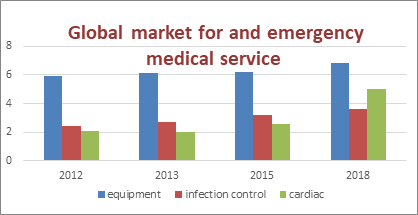
The global market for emergency medical service equipment & ambulance in 2012 was $5.9 billion and reached $6.1 billion in 2013. At a 2.9% compound annual growth rate (CAGR) from 2013 to 2018, this market is expected to rise to $6.8 billion in 2018. Infection control, as a segment, is projected to increase from $2.7 billion in 2013 to $3.6 billion by 2018, with a CAGR of 3.8% for the period of 2013 to 2018. Cardiac and respiratory, as a segment, is projected to increase from $2.0 billion in 2013 to $3.1 billion by 2018, with a CAGR of 2.3% for the period of 2013 to 2018.
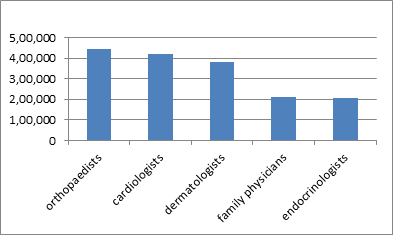
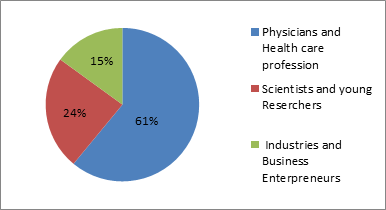
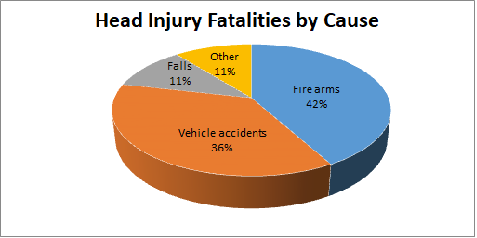
Top Societies and Association:
Middle-East:
Emirates Society of Emergency Medicine, Iranian Society of Emergency Medicine, Libyan Emergency Medicine Association, Oman Society of Emergency Medicine, Saudi Society of Emergency Medicine, Japanese Nursing Association, The Nurses Association of the Republic of China, Philippine Nurses Association, The National Association of Nurses in Israel, Brunei Darussalam Nurses Association, The Nurses Association of Thailand, The Nurses Association of the Republic of China, Myanmar Nurses Association, Nurses Association of Macao.
USA:
American Academy of Emergency Medicine, American College of Emergency Physicians, American College of Osteopathic Emergency Physicians, Colombian Association of Specialists in Emergency and Emergency Medicine, Brazilian Association for Emergency Medicine, Cuban Society of Intensive and Emergency Medicine, Canadian Association of Emergency Physicians, Emergency Medicine Residents’ Association, Pan American Collaborative Emergency Medicine Development Program, Argentine Emergency Society, Chilean Society of Emergency Medicine, Mexican Society of Emergency Medicine AC, Peruvian Society of Emergencies and Disasters
Asia Pacific:
Accident and EmergencyMedicineAcademicUnit – HongKong, Asian Society for Emergency Medicine, Australasian College for Emergency Medicine, Australasian Society for Emergency Medicine, College of Emergency Nursing Australasia, College of Emergency Physicians, Academy of Medicine, Malaysia, Hong Kong College for Emergency Medicine, Japanese Association of Acute Medicine, Korean Society of Emergency Medicine, Philippine College of Emergency Medicine, Latin American Association of Cooperation in Emergency Medicine and Disasters, Panamanian Association of Emergency Medicine, Costa Rican Association of Emergency Physicians
Conference Highlights
- Sexual Infections & Emergencies
- Geriatric Emergency Medicine
- Cardiac Emergency
- Dermatological Emergency
- Wounds and burns
- Anesthesia and Pain Management
- Asthma and Chronic obstructive pulmonary disease
- Emergency Imaging
- Innovations in Health and Medicine
- Nursing in Emergency Medicine
- Neurological Emergency
- Emergency and Acute Care Medicine
- Acute Medical and Surgical Emergency
- Pediatric Emergency
- Genitourinary Emergency
- Emergency Imaging
To share your views and research, please click here to register for the Conference.
To Collaborate Scientific Professionals around the World
| Conference Date | April 29-30, 2018 | ||
| Sponsors & Exhibitors |
|
||
| Speaker Opportunity Closed | |||
| Poster Opportunity Closed | Click Here to View | ||
Useful Links
Special Issues
All accepted abstracts will be published in respective Our International Journals.
Abstracts will be provided with Digital Object Identifier by






